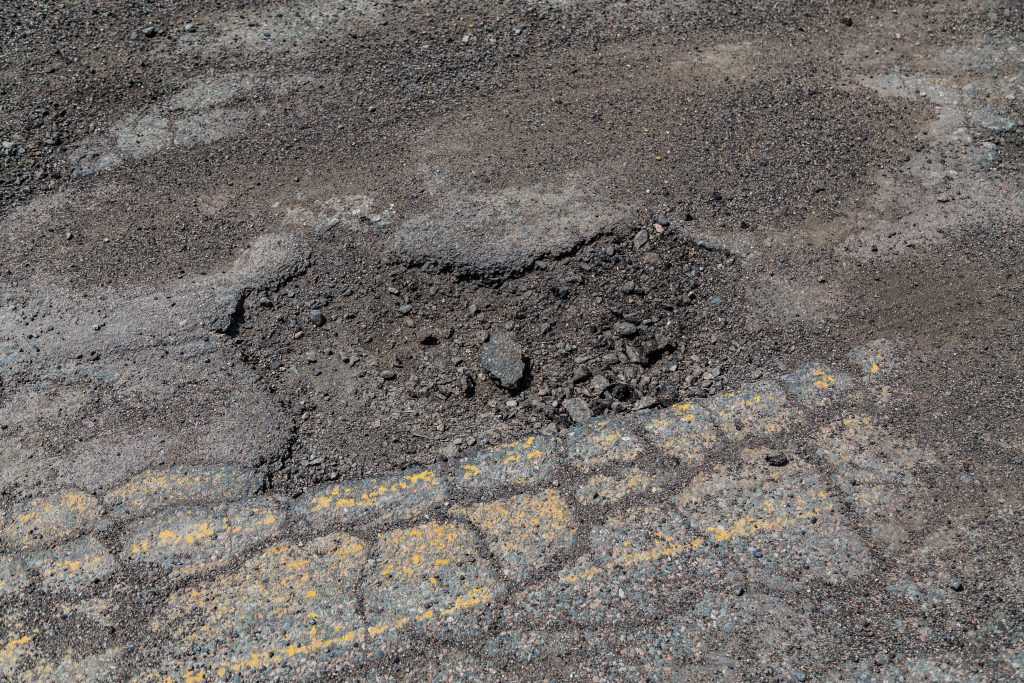Not all asphalt damage is the same. Routine maintenance will help your asphalt pavement last longer, but eventually, your asphalt pavement will likely start showing signs of wear or concrete damage. However, solutions to fixing your asphalt pavement will depend on the type of damage your asphalt. Here are three of the most common types of asphalt damage you need to know about.

1. Edge cracks
Edge cracks appear along the outside edges of asphalt pavements. They are usually caused by poor drainage and water making its way under your asphalt from contact with dirt and organic materials. Edge cracks can be patched with a crack seal, but the first step to fixing this problem should be to remove any plants, trees, or organic materials alongside your pavement that might be causing the edge cracking.
2. Slippage cracks
Slippage cracks are crescent-shaped cracks that appear on the top surface of asphalt pavements as wrinkles and deep gaps. Slippage cracks usually form because of a weak asphalt mix between pavement layers, but they can also be caused by aggressively slamming on car brakes or turning the wheels and causing the pavement to deform. Depending on how severe the slippage cracks have already become, they will likely need to be patched or removed.
3. Potholes
Potholes are deep holes in asphalt pavements caused by the constant contraction and expansion of water under its surface. Potholes will vary in shape in size, but they are usually large enough to disrupt vehicular travel, and they are made worse by vehicles constantly driving over them and dismantling the cracked or damaged are even further. Small potholes can be filled or patched, but deep or severe potholes will need to be cut out and repaired.
Contact us for questions or a free quote on the quick and convenient asphalt repair solutions offered by our experts at Hargrave Custom Foundation Repair.
